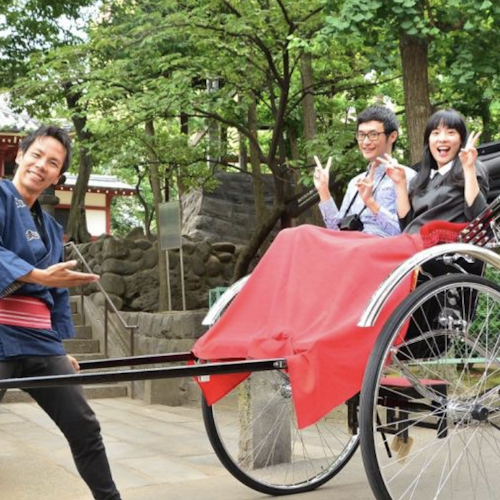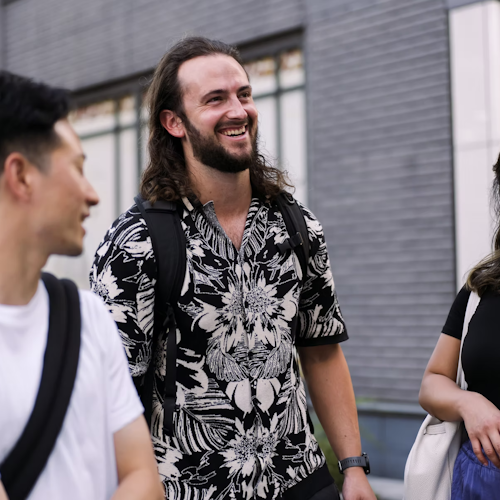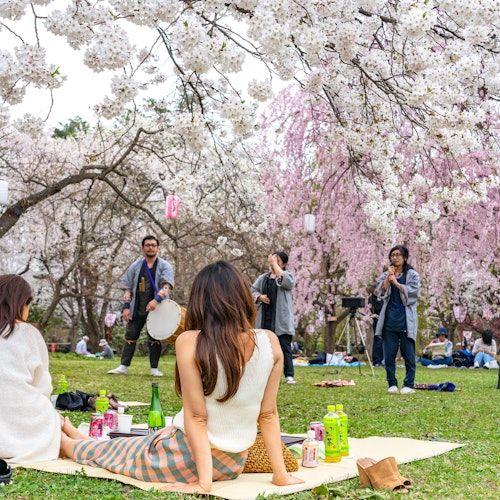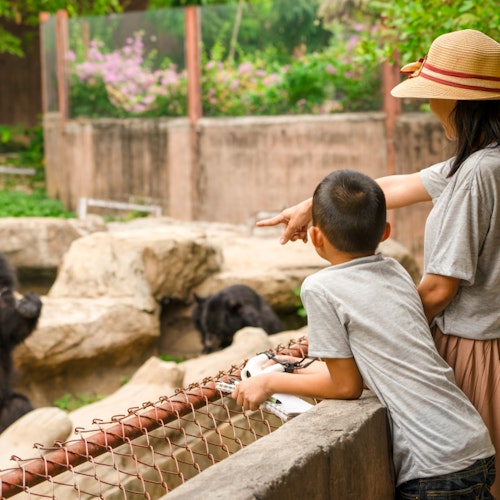
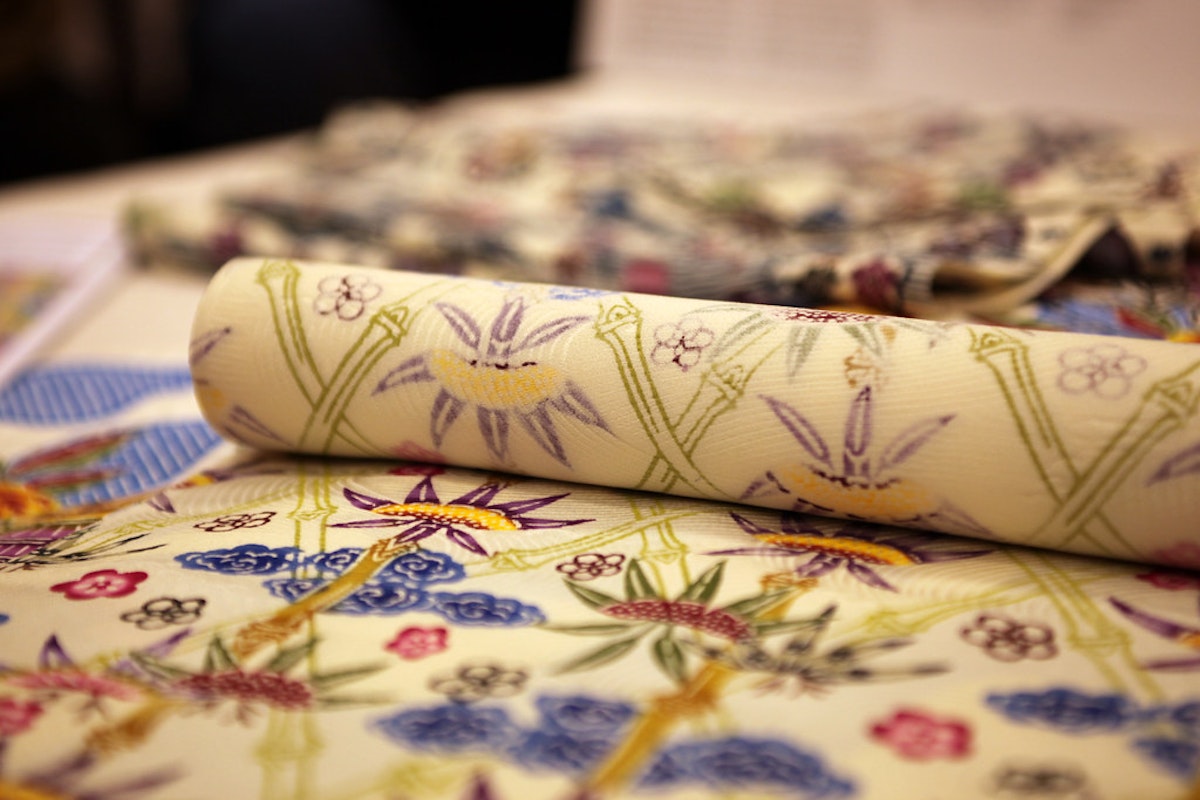
Ryukyu Bingata is a vivid representation of Okinawa's rich cultural tapestry. This traditional fabric painting art form, with its vibrant colors and intricate patterns, has been a cherished tradition in the Ryukyu Islands for centuries. Often associated with the garments of royalty and nobility, Bingata conveys stories of nature, folklore, and the harmonious relationship between the Okinawan people and their environment.
This blog post delves into the colorful world of Bingata, exploring its historical roots, artistic nuances, and its resonance in the contemporary fabric of Okinawan society.
The history of Ryukyu Bingata dates back to the Ryukyu Kingdom era when it evolved under significant influence from other Asian cultures, particularly China, Japan, and Southeast Asia.
Originally reserved for the Ryukyu royal court, the techniques and motifs were closely guarded, allowing only the artisans specifically designated by the royal families to create Bingata. These fabrics often featured motifs such as the Ryukyu pine, cherry blossoms, and the Okinawan lion, symbolizing longevity, prosperity, and protection.
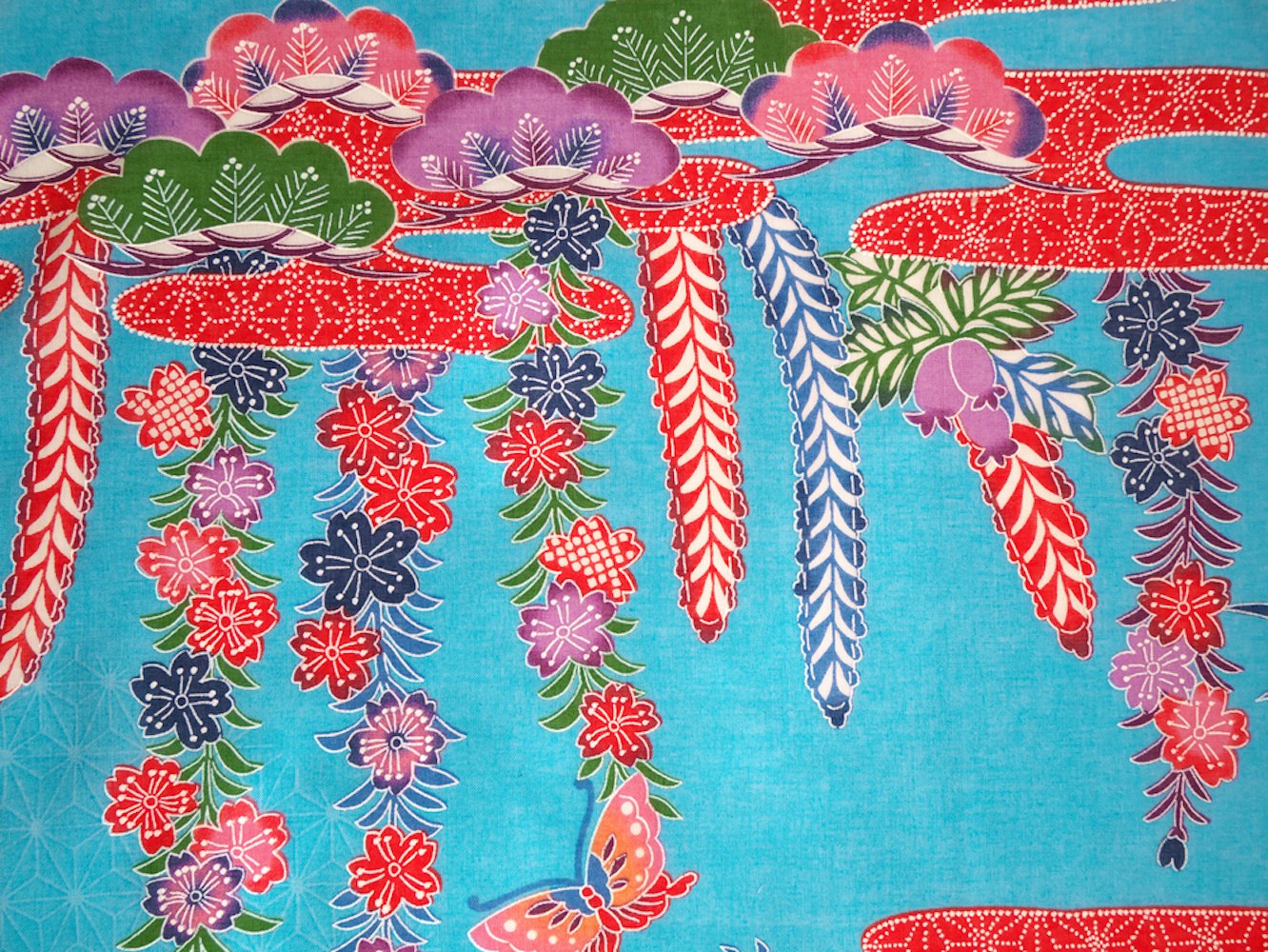
As time passed, Bingata became a cultural emblem for all Okinawans, transcending its aristocratic origins. The American occupation and the subsequent changes in Okinawan society saw Bingata evolve both in technique and symbolism, incorporating more diverse themes and becoming a popular craft among local and international artists.
The creation of Bingata is meticulous and labor-intensive. Artisans begin with the selection of the fabric, typically choosing lightweight materials like silk or cotton. The process continues with the creation of stencils made from banana leaves, which are used to apply the design onto the fabric.
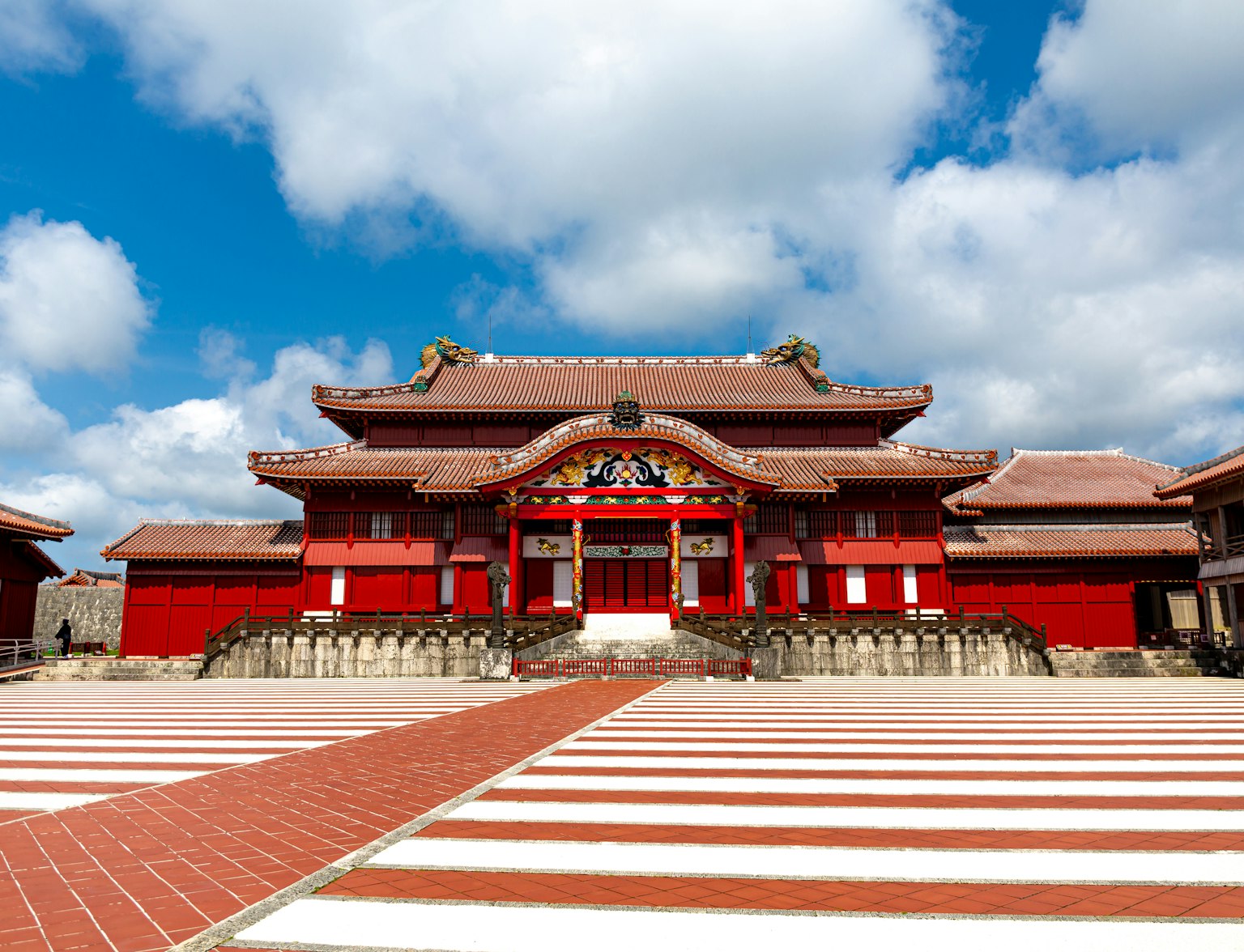
Discover the gems of Okinawa on our sightseeing bus tour!
Natural dyes, derived from plants and minerals, are then hand-applied using brushes in a technique known as 'katagami.' This dye-resist method involves applying several layers of colors, starting from lighter shades to darker tones, which adds depth and vibrance to the fabric.
Every step in the process, from stencil cutting to dyeing, reflects a dedication to the preservation of this traditional art form while allowing room for individual creativity and expression.
Today, Bingata stands not only as a symbol of traditional Okinawan art but also as a beacon of modern fashion and design. Contemporary artists and designers have embraced Bingata, incorporating its patterns and techniques into modern apparel and decor. This has introduced Bingata to a global audience, where it is celebrated not only for its cultural significance but also for its aesthetic appeal.
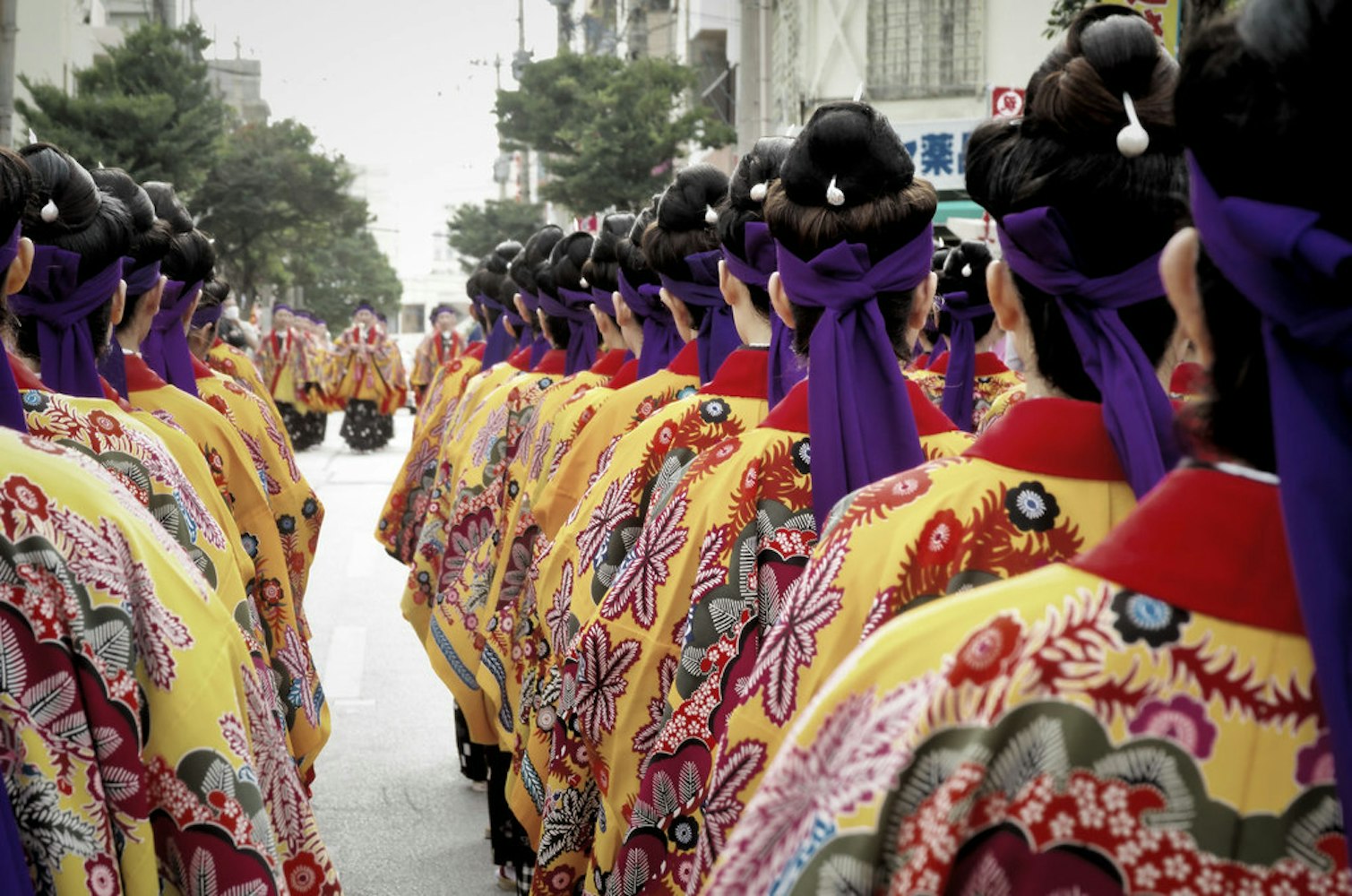
Fashion shows in Tokyo, New York, and Paris have featured Bingata, highlighting its adaptability and the seamless blend of tradition with modern style. Moreover, the use of digital technology in creating Bingata patterns has opened new avenues for designers to explore and innovate.
Bingata transcends its role as a mere art form to embody the resilience and adaptability of the Okinawan spirit. It carries with it the history of the Ryukyu Islands, telling stories of survival, cultural exchange, and artistic endeavor through each pattern. For many Okinawans, Bingata is a symbol of identity and pride, a vibrant reminder of their ancestral heritage.
Moreover, Bingata workshops and exhibitions serve as educational tools, teaching both young and old about the importance of cultural preservation and the beauty of artisanal craftsmanship.
For those interested in experiencing Bingata firsthand, Okinawa offers numerous workshops and galleries where visitors can observe artisans at work and even try their hand at Bingata painting. The Shuri Ryusen and the Naha Bingata Studios are popular spots where visitors can engage with the art form directly.
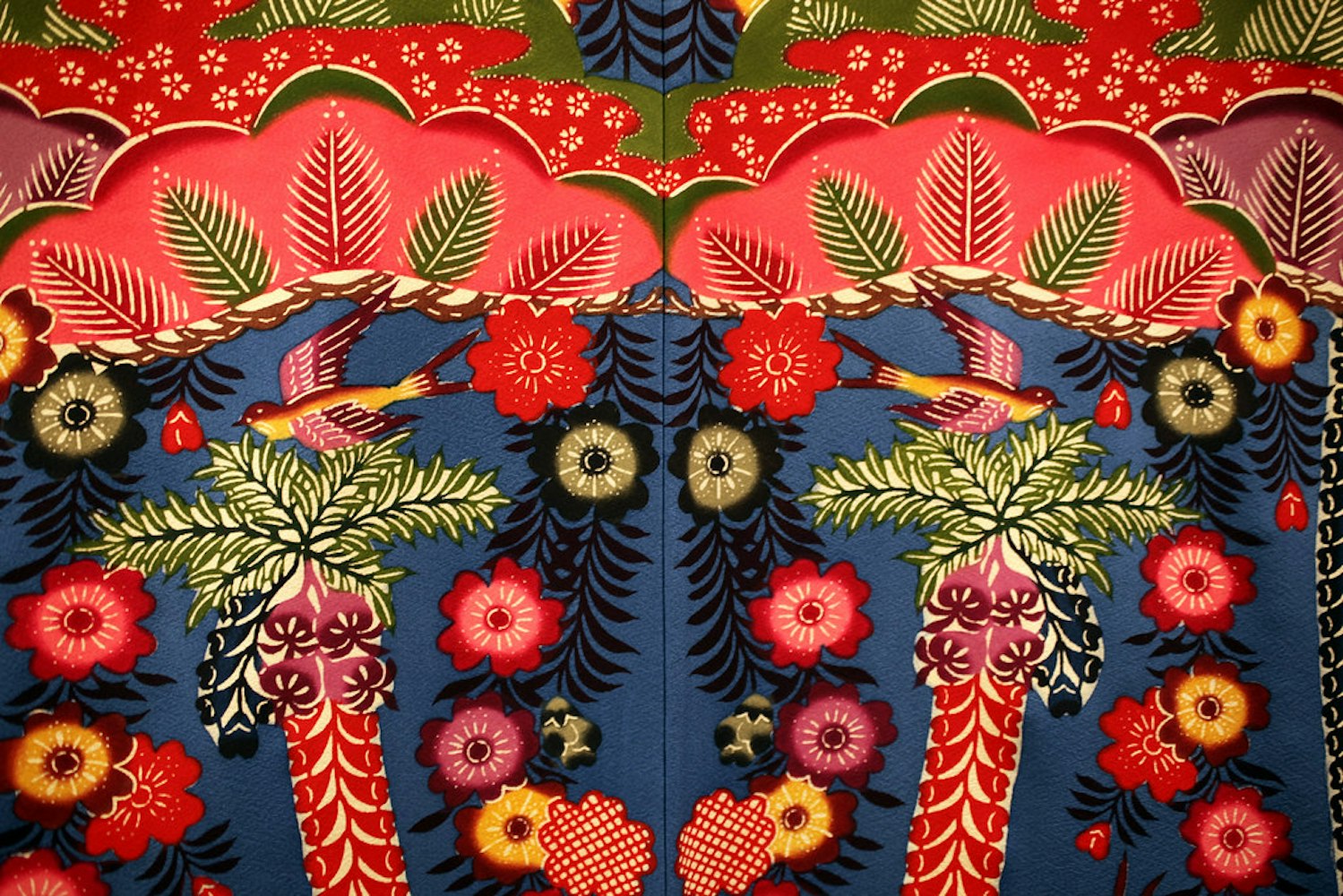
Additionally, various cultural festivals in Okinawa display Bingata, providing an opportunity to see the vibrant fabrics in motion, whether through traditional dance performances or modern fashion displays. For those looking to take a piece of Okinawa home, local markets, and specialty shops offer a range of Bingata products, from kimonos to decorative wall hangings.
As we look towards the future, Bingata's journey from a royal art form to a symbol of cultural pride shows no signs of slowing down. With each passing year, new artists take up the mantle of Bingata, infusing it with contemporary relevance while respecting its deep historical roots.
Whether through traditional methods or innovative adaptations, Bingata continues to be a vibrant, living expression of Okinawan culture, promising to inspire and enchant for generations to come.
